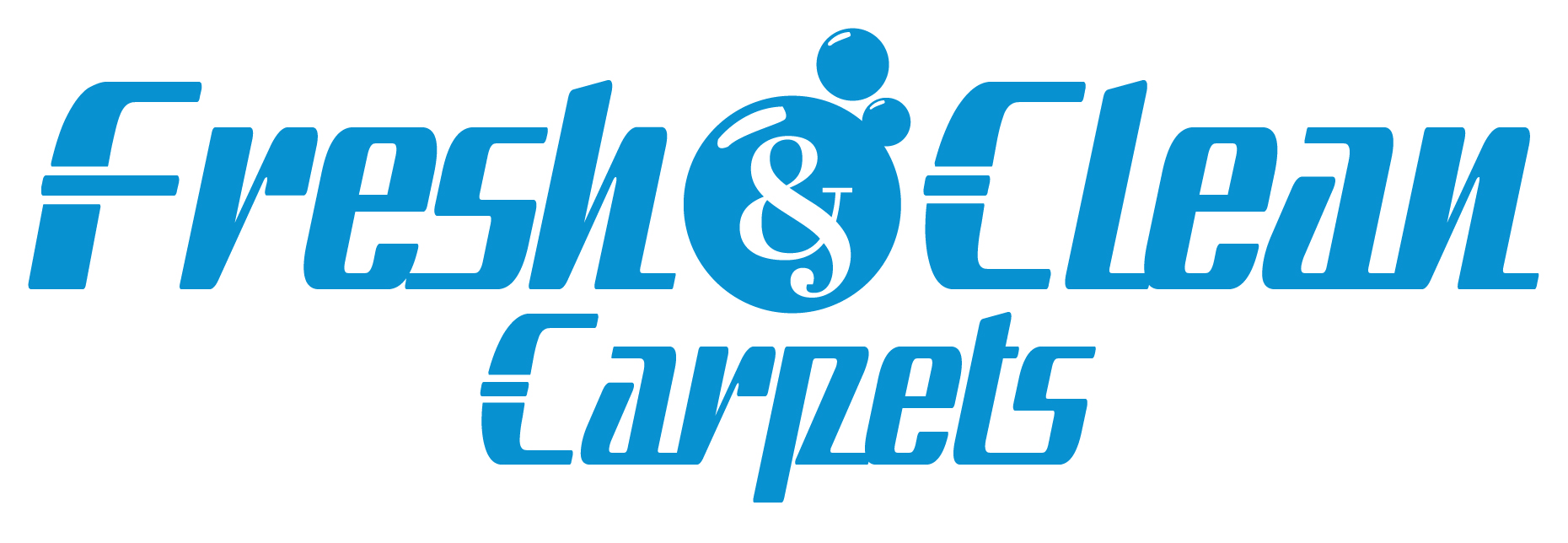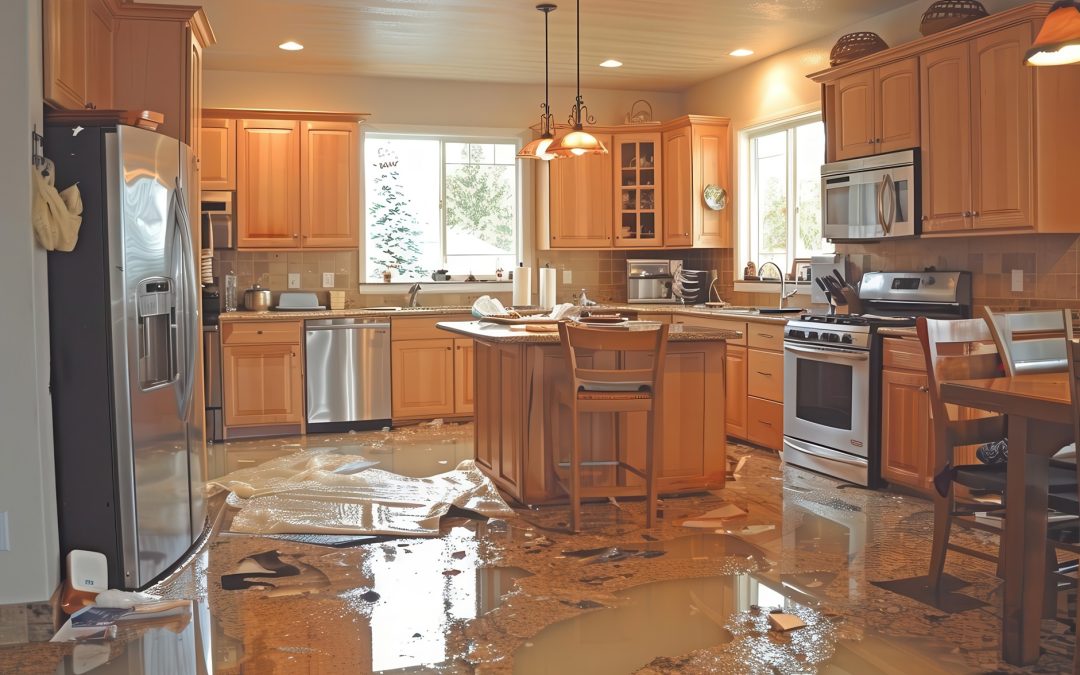Schedule your appointment today! 801-350-2822
Flooding can be devastating, and the aftermath requires quick and effective action to prevent further damage to your Sandy, UT, home. Renting the right flood cleanup equipment can make a significant difference in the recovery process. Here’s a step-by-step guide to help you rent and use flood cleanup equipment effectively.
1. Assess the Situation
Evaluate the Damage:
- Extent of Water: Determine the volume of water and the areas affected. This will guide you in selecting the right equipment.
- Type of Water: Identify whether the floodwater is clean, gray, or black, as this can impact the type of equipment needed and safety measures.
Initial Actions:
- Safety First: Ensure that the power is turned off in the affected areas to avoid electrical hazards. Wear protective gear, including gloves and boots.
2. Choose the Right Equipment
Types of Equipment to Rent:
- Pumps:
- Submersible Pumps: Ideal for removing large amounts of water from deep areas like basements.
- Utility Pumps: Suitable for smaller tasks and less severe flooding.
- Vacuums:
- Wet/Dry Vacuums: Essential for cleaning up remaining water from floors and carpets.
- Industrial Vacuums: Necessary for extensive cleanup or commercial properties.
- Dehumidifiers and Air Movers:
- Dehumidifiers: Help in removing moisture from the air to prevent mold growth.
- Air Movers: Accelerate the drying process by increasing airflow.
Rental Considerations:
- Capacity: Choose equipment with the appropriate capacity for the extent of water damage.
- Rental Duration: Rent equipment for the time you need, based on the severity of the flood and the equipment’s efficiency.
3. Renting the Equipment
Find a Reliable Rental Service:
- Local Providers: Search for equipment rental services in Sandy, UT. Check reviews and compare prices.
- Availability: Ensure the equipment you need is available and reserve it in advance to avoid delays.
Ask Key Questions:
- Condition: Confirm that the equipment is in good working condition.
- Instructions: Request clear instructions on how to use the equipment if you’re unfamiliar with it.
- Support: Inquire about support or guidance if you encounter issues with the equipment.
4. Using the Equipment
Pumps:
- Setup: Place the pump in the lowest part of the affected area to maximize water removal. Connect hoses and ensure they are securely fastened.
- Operation: Turn on the pump and monitor its operation. Check the discharge area regularly and empty it as needed.
Vacuums:
- Setup: Set up the vacuum according to the manufacturer’s instructions. Attach necessary accessories for different surfaces.
- Operation: Begin by vacuuming visible water and debris. Frequently empty the tank to maintain suction power.
Dehumidifiers and Air Movers:
- Setup: Place dehumidifiers in central locations and air movers to create effective airflow over wet areas.
- Operation: Run the equipment continuously until all moisture is removed. Monitor the progress and adjust placement as needed.
5. Post-Cleanup
Return Equipment:
- Cleaning: Clean the equipment as required by the rental service to avoid additional fees.
- Inspection: Inspect the equipment for any damage and report it to the rental provider if necessary.
Follow-Up:
- Inspect for Damage: After cleanup, check for any remaining damage and consider professional restoration services if needed.
- Preventative Measures: Take steps to prevent future flooding, such as installing sump pumps or improving drainage.
Renting and using flood cleanup equipment effectively is crucial for minimizing damage and restoring your Sandy, UT, home. By following this step-by-step guide, you can ensure that you choose the right equipment, use it properly, and complete the cleanup process efficiently. Taking prompt action and utilizing the right tools will help you recover from the flood and protect your home from further damage.

